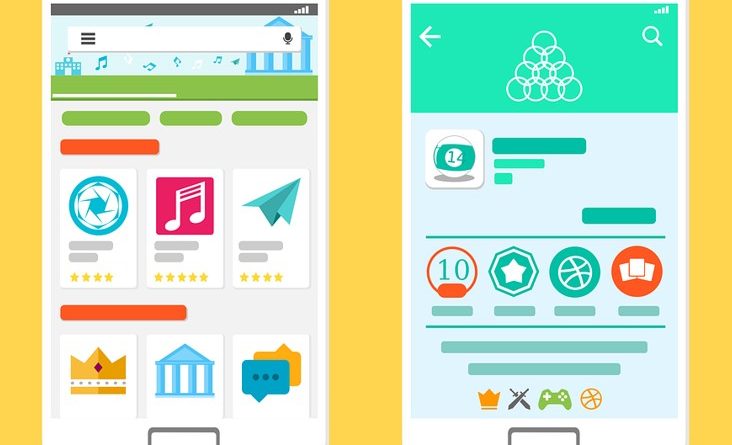What Can App Developers Learn From Web Design?
Source: Pixabay
App design is a more recent discipline than web design, but its market is nonetheless lucrative: each quarter, over 35 billion app downloads are recorded on average. While app development and web design have their key differences, from navigation methods to platform, their development utilises the same skills – and lessons from one discipline can inform results in another. Here are three key ways in which web design can inspire app design.
Appearance is Crucial
User interface design has been a vital component of web design from the beginning. Visual design benefits websites in a number of ways – for starters, a clean design can make a site easier to read and easier to navigate, while bespoke design choices can set a site apart from its competitors. A stand-out example in retail fashion can be found in the H&M website, where a simple, sleek colour scheme of red, black and white has an arresting effect, and serves to highlight the products all the more. App design is no different, and apps can benefit even more from a cohesive design approach; proprietary app stores are a competitive market, as many are commodities with a retail price. Creating an aesthetically pleasing app will ensure its uptake among a wider user base.
Keep Sight of Purpose
Just as websites that lose sight of their business objective tend to underperform, apps that are confused about their core purpose can often be doomed to failure. To this end, app developers can look to successful web design for tips regarding purpose. For example, in the online gaming industry, Buzz Bingo is a bingo website that allows users to access a range of bingo games, as well as a variety of online slots and slot tournaments. The site’s purpose is to act as a portal to these games while informing users of their rules and the prizes available. The site clearly communicates the kinds of games available and limits content to relevant information on each game, as well as instructions on account creation and managing deposits. The site could easily expand to include tips for playing, or even wider industry news, but these additions would add little in value to the site’s target demographic; keeping the site simple is a choice, preserving clarity and purpose and improving the user experience.
Leaner is Quicker

Source: Pixabay
Websites rely not only on the capabilities of the browser software through which they are running, but also the technical specifications of the computer hardware owned by the user. The streamlining of sites to make the most of available resources is a practice from which app developers can take inspiration, as the average smartphone does not have nearly the same processing power as the average PC. The success of an app hinges on its accessibility and usability with the majority of smartphones in active use. In many cases, this simply means a reduction in the number of heavy-duty assets which require physical memory and time to load in – but there are also deeper structural changes that can be made, to ensure quick loads and seamless use. Integrating compression codecs into apps can further reduce the impact of high-volume information on performance, and split-up assemblies can make pre-loading data manageable even on weaker devices.
Apps have unique advantages over the traditional website in certain use cases, but their development can nonetheless benefit from the examples set by the latter. With these considerations in mind during the app development process, you can ensure the success of any new app build.

